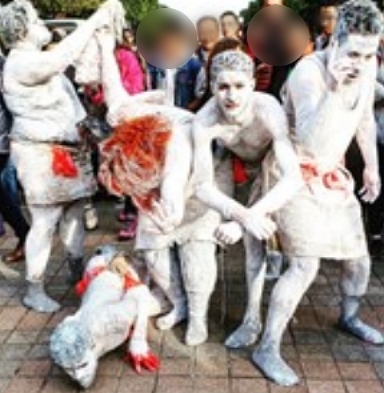
Awatef Ketiti
Street Art in Tunisia
Street art has played a key role in the popular protests during the Tunisian revolution. Born underground during the years of political repression, some street artists have denounced the abuses, exploitation and repression of the dictatorship through graffiti. After the revolution, street art has been freed from control and has become an element of the new landscape of freedom in public space. The new urban art groups that use graffiti, dance and performance to reconcile the public with the public space after decades of dictatorship represent today a new youth phenomenon that uses aesthetic discourse as a form of activism and demand for a new free and egalitarian citizenship. Does their artistic proposal represent a break with the prevailing artistic practices? Have they managed to create bridges of communication with the population in the public space? Have they been able to express the demands of their generation of young people who have carried out the revolution against the dictatorship? These are the main questions that guide the focus of the research carried out during the stay in Tunisia. Its aim is to study the characteristics of the new street art groups that have emerged during the Tunisian revolution as a new phenomenon of artistic expression and as an activist aesthetic movement that aims to liberate public space from the residues of the dictatorship. The methodology was based on qualitative interviews and participant observation.
